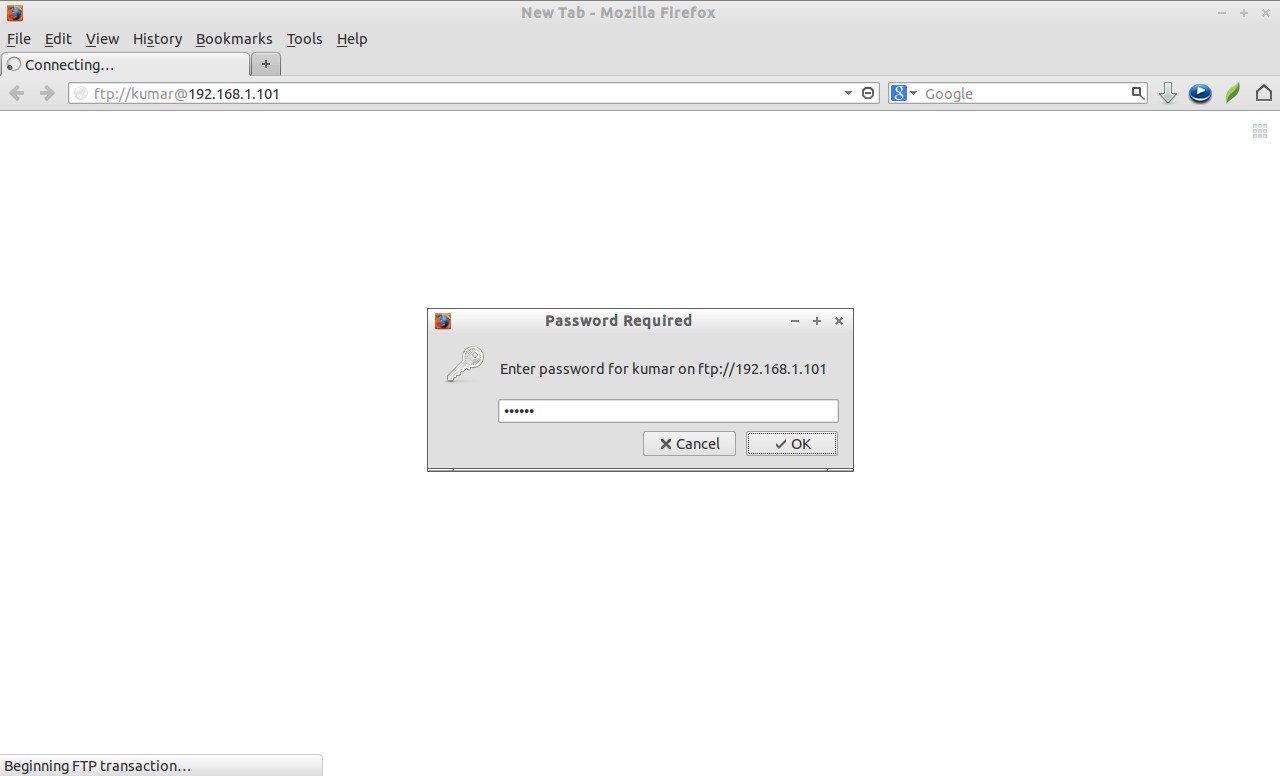

Some FTP servers allow direct access with the inclusion of your username and password in the URL. When you enter the URL to access the FTP server, you'll have to enter your login credentials, such as a username or email address, and the password. To open Terminal in macOS, click Spotlight.

The result will look something similar to this: Windows, Mac OS X, and most Linux distributions have a command-based FTP client available from the Command Prompt or Terminal: To open the Windows Command Prompt, press Win + R, type in cmd, and press Enter. The address will look slightly different to a regular website address, swapping out the for ftp://. FTP In the BrowserĪs mentioned above, you can use FTP from your browser.

Furthermore, you can use the Windows File Explorer as an FTP client, accessing remote files as attached storage. There are several good free FTP clients available for Windows. Some FTP clients come with extra options, such as a command-line interface for advanced commands, built-in text editors (for tweaking text-based files), and directory comparisons (which allow you to compare the contents of two directories). Most FTP clients come with the same array of file management options as you find on your desktop, such as renaming, drag and drop, creating a new folder or file, and deletion. From here, you can copy and paste files from one computer to the other.


 0 kommentar(er)
0 kommentar(er)
